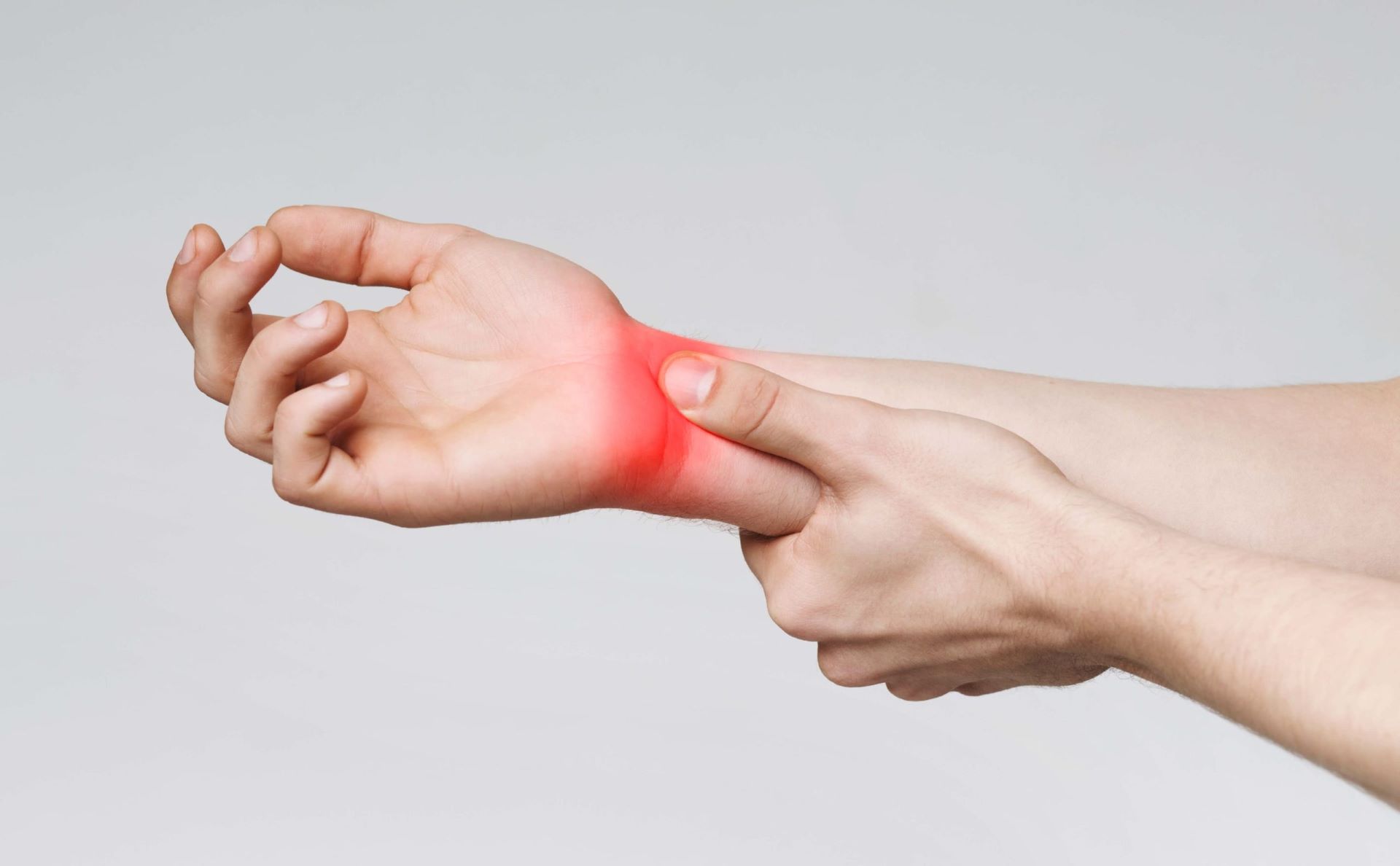Carpal Tunnel Syndrome is a common illness that affects millions of people worldwide (CTS). It is the result of a compression of the median nerve at the wrist, which extends from the forearm to the palm of the hand. A variety of symptoms may result from this compression, which, if left untreated, can have a substantial impact on daily activities. To better understand what is Carpal Tunnel Syndrome, it’s crucial to recognize its key symptoms, causes, and diagnostic methods.
Key Symptoms
Carpal tunnel syndrome symptoms can range in intensity and frequently appear gradually. The most common symptoms include:
- Numbness And Tingling: Numbness or sensation in the thumb, index finger, middle finger, and a portion of the ring finger is one of the most recognizable symptoms of CTS. This sensation often worsens at night or after prolonged use of the hand.
- Pain: Patients may experience pain in the wrist, palm, or even extending up the arm. This pain can interfere with sleep and daily activities.
- Weakness: The progression of CTS may result in hand weakness, which can impede the ability to grip objects or perform delicate motor tasks. This weakness can lead to dropping things frequently.
- Swelling: Despite the absence of visible swelling, certain individuals report experiencing a sensation of swelling in their digits.
If the underlying compression is not treated, symptoms may worsen over time and go from mild to severe. If you experience symptoms of Carpal Tunnel Syndrome, consulting a specialist like Dr Zepure Kouyoumdjian neurologist, can provide a thorough evaluation and tailored treatment plan for managing the condition.
Causes Of Carpal Tunnel Syndrome
The reason for Carpal Tunnel Syndrome is that the median nerve gets squished in the carpal tunnel, which is a small opening on the palm side of the wrist. Several factors can contribute to this pressure, including:
- Repetitive Hand Movements: Repetitive hand tasks that put strain on the wrist and increase the risk of CTS include typing, using a mouse, and working on assembly lines. The repetitive stress can lead to inflammation and swelling of the tendons, compressing the median nerve.
- Injury: Fractures or sprains to the wrist can change the structure of the carpal tunnel and compress the median nerve.
- Medical Conditions: Diabetes, rheumatoid arthritis, and hypothyroidism can elevate the likelihood of developing CTS. These conditions can contribute to swelling or changes in the tissues surrounding the carpal tunnel.
- Pregnancy: The median nerve may be compressed as a result of fluid retention and edema caused by hormonal changes during pregnancy.
- Genetics: Some individuals may be more predisposed to CTS due to genetic factors, such as a naturally smaller carpal tunnel. If you experience symptoms of CTS, it is essential to consult a healthcare professional, such as those at South Valley Neurology, for an accurate diagnosis and appropriate treatment plan.
Diagnostic Methods
Accurate diagnosis of Carpal Tunnel Syndrome is essential for effective treatment. A combination of clinical evaluation and specialized assays is typically employed in the diagnostic process:
- Medical History And Physical Examination: To diagnose CTS, the first steps are to get a full medical history and a physical test. The healthcare provider will ask about symptoms, their onset, and any activities or conditions that may contribute to the symptoms. A physical examination may include specific tests, such as the Tinel’s sign (tapping over the median nerve to check for tingling) and the Phalen’s maneuver (bending the wrist to see if symptoms worsen).
- Electromyography (EMG) And Nerve Conduction Velocity (NCV) Studies: These diagnostic tests are critical in confirming CTS. The electrical activity of muscles is measured by EMG, whereas the pace of electrical impulses along nerves is evaluated by NCV studies. In CTS, these tests can reveal slowed nerve conduction or abnormal muscle responses, indicating compression of the median nerve. EMG/NCV studies help differentiate CTS from other conditions with similar symptoms and determine the severity of nerve damage.
- Ultrasound: The carpal tunnel can be visualized and the median nerve and its neighboring structures can be evaluated using an ultrasound. It can help identify swelling, nerve compression, or other abnormalities.
- MRI (Magnetic Resonance Imaging): The wrist and carpal tunnel may be visualized in detail using an MRI in certain instances. This imaging technique can help identify structural issues, such as tumors or severe nerve compression.
Conclusion
Identifying Carpal Tunnel Syndrome involves recognizing key symptoms, understanding the potential causes, and utilizing diagnostic methods such as EMG/NCV studies. Effective management of CTS and the prevention of long-term complications necessitate early diagnosis and treatment. It is imperative to seek the advice of a healthcare professional in order to obtain a precise diagnosis and a suitable treatment plan if you are experiencing symptoms of CTS. With timely intervention, many individuals can find relief from symptoms and restore function to their hands and wrists.




